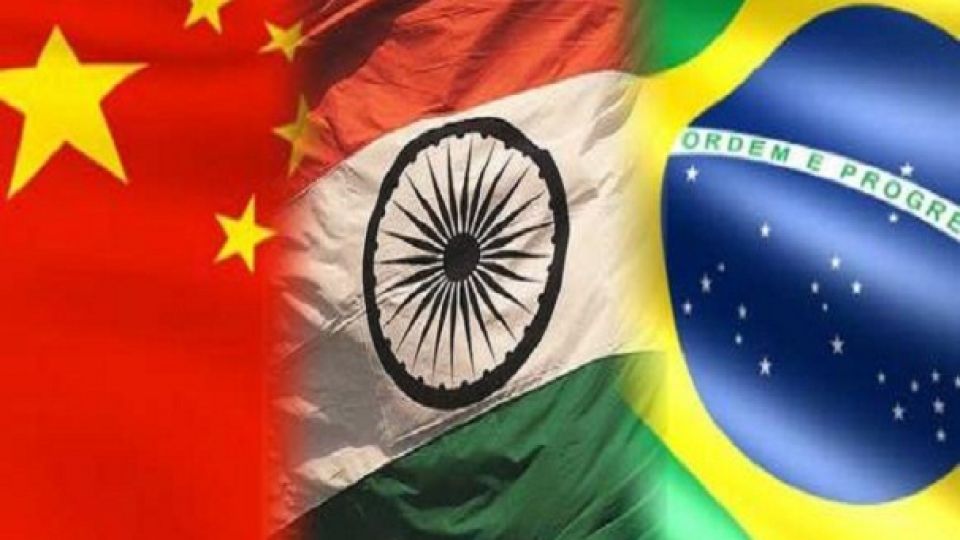A Comparative Perspective on Poverty Reduction in Brazil, China and India, by Martin Ravallion, Policy Research Working Papers, World Bank. Oct. 2009.
Abstract:
Brazil, China and India have seen falling poverty in their reform periods, but to varying degrees and for different reasons. History left China with favorable initial conditions for rapid poverty reduction through market-led economic growth; at the outset of the reform process there were ample distortions to remove and relatively low inequality in access to the opportunities so created, though inequality has risen markedly since. By concentrating such opportunities in the hands of the better off, prior inequalities in various dimensions handicapped poverty reduction in both Brazil and India. Brazil’s recent success in complementing market-oriented reforms with progressive social policies has helped it achieve more rapid poverty reduction than India, although Brazil has been less successful in terms of economic growth. In the wake of its steep rise in inequality, China might learn from Brazil’s success with such policies. India needs to do more to assure that poor people are able to participate in both the country’s growth process and its social policies; here there are lessons from both China and Brazil. All three countries have learned how important macroeconomic stability is to poverty reduction.
Keywords
Rural Poverty Reduction, Achieving Shared Growth, Regional Economic Development, Services & Transfers to Poor

